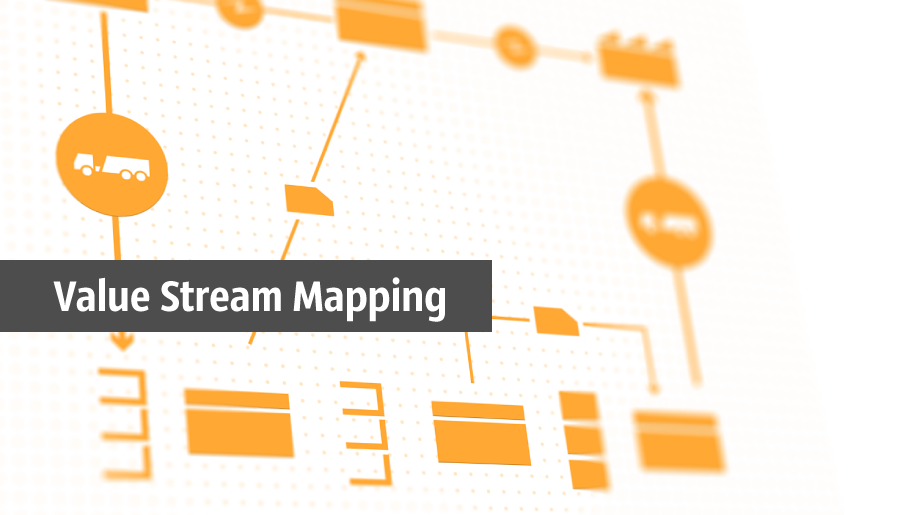There is nothing new about the Value Stream Mapping (VSM) tool. It has been widely used throughout industry for over 25 years. First introduced by Jim Womack and Dan Jones in their 1996 book “Lean Thinking” Value Stream Mapping was further demonstrated and explained in the book “Learning to See” by Mike Rother and John Shook, 2004. Since this time there have been many books, articles, seminars, and demonstrations regarding the benefits and use of this tool.
In fact, there are so many references to employing the VSM tool that it can be confusing and misleading as to how to get the most out of the time to develop the map.
Experience shows that many times the benefits of a value stream map are missed and the value stream process does not achieve the improvements that were intended. There are usually two primary reasons for this shortfall.
The first is the effort is overly focused on the mechanics of capturing the data for the value stream. The good intentions of measuring correct data points can take precedence over the ability to see the whole value stream. Too much attention given to measuring the precise cycle times can obscure focus on the flow of product, and the interdependency of processes. This leads to failure to look at the value stream from a high enough level that a value stream map is uniquely able to provide. The result is the users do not see and understand how product is or is not flowing.
The second problem is that there can be a compulsion and urgency to implement lean tools for the future state map without taking the time to understand the current state problems. There are times when a simple solution is appropriate, and a well-known lean tool is not the right approach.
With these issues in mind, it is worth reminding ourselves that the main benefit of a VSM is that you can visualize more than a single process, you see the entire flow. The following reminders can help with developing a beneficial map;
- The detail of the VSM should be appropriate to the problem that is being addressed. Too detailed and you will miss the big picture. Too high level and you will not capture where opportunities exist.
- Talk directly to the individuals working in the value stream and get a clear understanding of the challenges that are faced.
- When developing the future state map, always focus on eliminating waste and not on the use of particular lean tools.
- Keep in mind that the map will never be perfect and will need continuous updating. This should not delay you in implementing the improvements that are identified.
It is easy to get caught up in emulating a different value stream map. Do not fall into this trap. Use the map to keep the focus on improving the overall performance of the value steam. Want to learn more about how value stream mapping can benefit your company? Contact Insyte Consulting for more information.
While you’re here – Read more about additional concepts to consider for value stream mapping in this previously published Insyte blog post. “Many companies working in a Make to Order (MTO) or Engineer to Order (ETO) type of industry have rejected the Lean Manufacturing approach assuming that Lean does not apply to their business. The truth is Lean Manufacturing can provide a significant impact for MTO businesses if approached from the proper perspective.”
Phil Celotto, Insyte Consultant – pcelotto@insyte-consuting.com
Phil helps WNY companies improve their operations through the implementation of lean manufacturing practices and ISO quality management systems. In addition to Insyte, Phil has worked at Hughes Aircraft, Carleton Technologies and SoPark Corporation in the engineering and operations fields. His experience includes positions as Project Engineer, Systems Engineer and Operations Manager. Phil is a certified Lean practitioner from SME/AME, has ISO 9000 and ISO 13485 Provisional Lead Auditor certifications and is an active member of APICS. He holds an MBA and a Bachelor of Science in Mechanical Engineering from the University at Buffalo.

